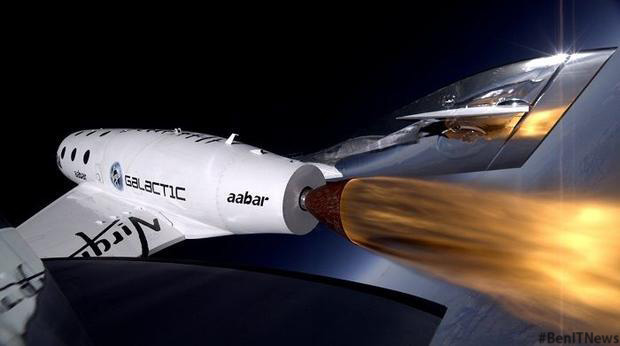The launch of VSS Unity “SpaceShipTwo” marks a turning point for Virgin Galactic, which faced heavy criticism after the loss of their first version of SpaceShipTwo in 2014 which crashed over the Mojave Desert during a test flight.
After more than three years of construction, the company said it has made many updates to the craft; the most important being the feather inhibitor (a critical component of its re-entry system). It is a replacement for the one that crashed in 2014, killing a test pilot.
VSS Unity is equipped to carry 2 pilots and 6 passengers into space in a suborbital trajectory, giving the passengers several minutes of zero gravity. More than 700 people have signed up to fly on Virgin Galactic even though the company requires $250,000 up front for a seat.
Just like SpaceShipOne which was released at a high altitude by a plane “WhiteKnightOne” and completed the rest of the trip into space, SpaceShipTwo will be carried by Virgin’s twin-fuselage airplane “WhiteKnightTwo” to an altitude of 45,000 feet which will then separates from plane and ignites its rocket motor to complete the rest of the voyage.
Virgin Galactic's system is entirely dependent on the skill of its pilots. "The pilots are controlling what the vehicle does at any stage," Mackay said. "It's all dependent on the pilot." He said this strategy was pursed by the company for simplicity: "The responsibility is high. But the reason that we've done it in the first place is to keep everything as simple as possible. The rationale is if you have a simple system, it's less likely to fail, and is therefore inherently safer."
Now that the spaceship is ready to be tested as a complete vehicle, the team will start integrated ground vehicle testing followed by flight tests in Mojave and ground and air exercises at its future home in Spaceport America, New Mexico.











0 comments:
Post a Comment